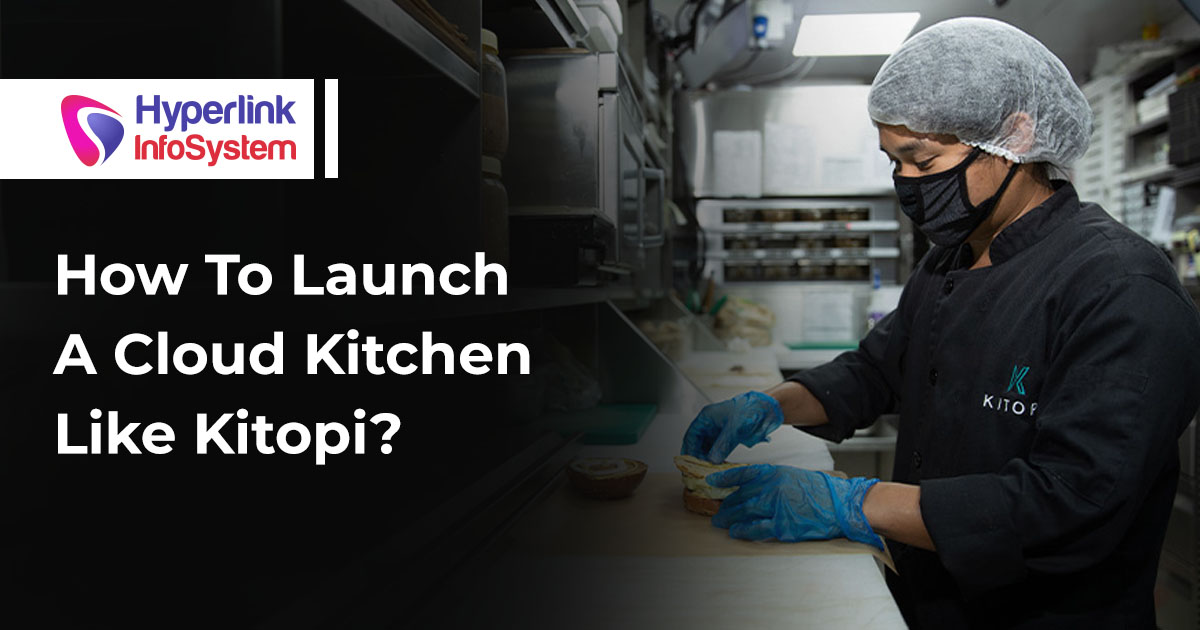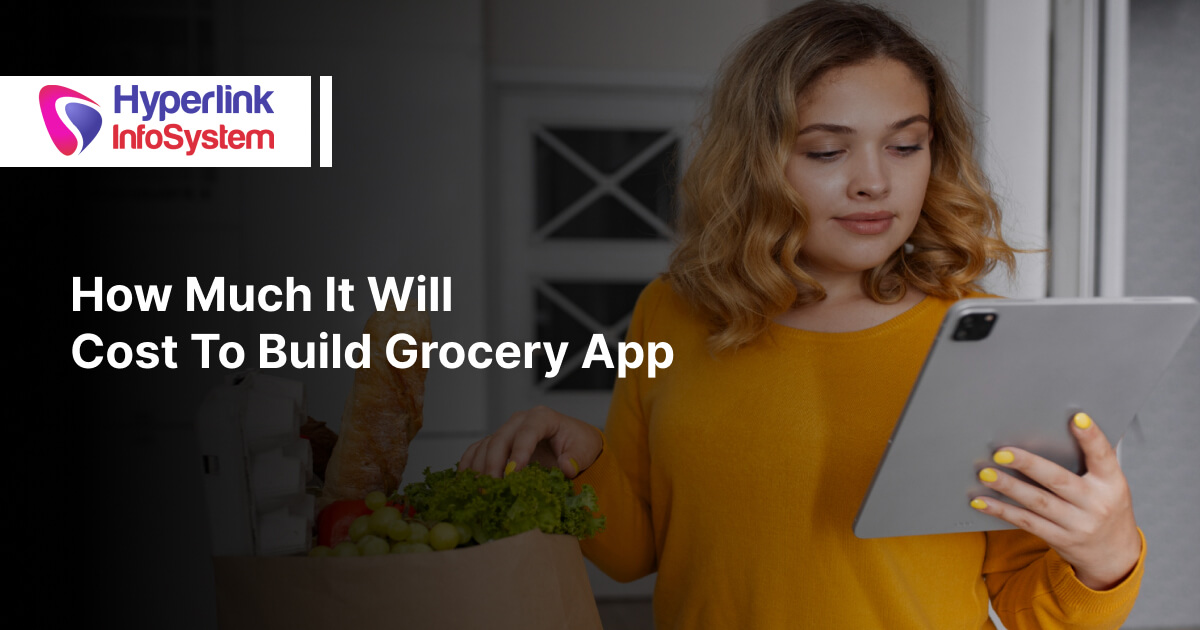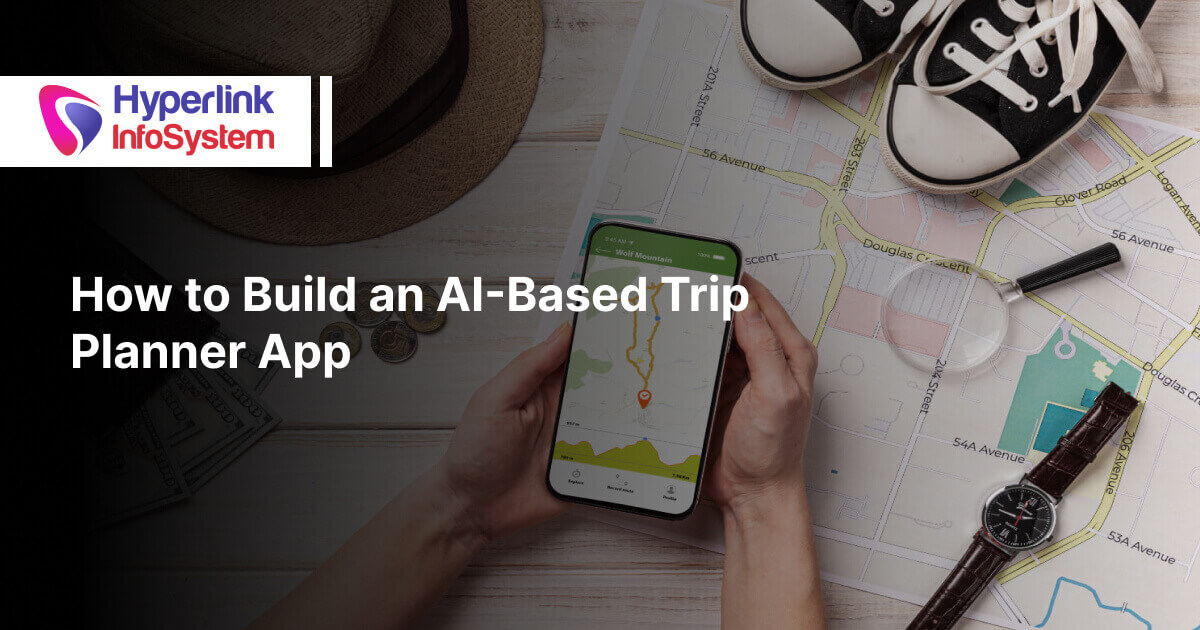Without a real restaurant location, food is produced and served to consumers straight from a cloud kitchen. One of the top brands in the sector, Kitopi, is an example of this strategy since it provides a platform that effectively controls kitchen operations and food delivery services.
Entrepreneurs are increasingly resorting to Cloud kitchen app development to enter this profitable sector as Cloud kitchen platforms gain popularity. It takes meticulous preparation to create a Cloud kitchen app like Kitopi, including key components like menu management, order tracking, real-time analytics, and secure payment gateways.
Investing in cloud app development enables companies to optimize profitability in the quickly changing food delivery market by streamlining operations and improving client experiences.
What is Cloud Kitchen?
A cutting-edge idea in the food industry is a cloud kitchen, sometimes referred to as a virtual kitchen or ghost kitchen, which works without a real-world dining area. Instead, all of its attention is directed toward processing and completing delivery and takeout orders.
Due to its many benefits, including inexpensive beginning costs, quick delivery times, low overhead costs, great client demand, and simple accessibility through digital platforms, cloud kitchens have become quite popular.
In a cloud-based kitchen, meals are made in response to real-time orders submitted by clients via websites or mobile apps. Unlike typical restaurants, cloud kitchens don't require extra places like dining rooms or parking lots, which streamlines operations and lowers expenses.
Owners of Cloud kitchens may serve meals at competitive costs without sacrificing quality by utilizing this cost-effectiveness. Due to this innovative business concept, there has been a sharp increase in online meal delivery services, allowing restaurant owners to expand their operations significantly online.
Also Read, How Much Does It Cost To Develop A Food Ordering Mobile App
Features of Cloud Kitchen App
- Ensure that users may safely establish accounts and log in using their email addresses, phone numbers, or social media credentials.
- Provide clients with a comprehensive menu that includes a range of culinary selections and categories.
- Give consumers the option to place orders straight from the app while indicating their choices, customizations, and delivery information.
- Give consumers access to real-time order status information so they can follow their orders from preparation through delivery.
- Integrate several payment channels for transactions that are simple and safe.
- To guarantee prompt and effective order delivery, optimize delivery routes and schedules.
- Notify users as soon as possible of order confirmations, specials, and shipping updates.
- To help prospective consumers make educated judgments, let users rate and post reviews for the meals and delivery services.
- Provide a method for customer assistance to quickly handle questions, grievances, and problems.
- Give the kitchen workers a dashboard to handle incoming orders, set priorities, and assure effective meal preparation.
- Provide data-driven analyses and reports to help business owners analyze sales, keep track of performance, and make wise decisions.
- For extra convenience, provide them the choice of pickup or home delivery.
- To entice and keep consumers, run promotional campaigns, discounts, and loyalty programs.
- By providing the software in several languages and supporting different currencies, you can cater to a wide range of user demographics.
- Give customers the option to post about their orders and experiences on social networking sites, which will naturally promote the app.
Also Read, Top Food Delivery Apps In Canada
How to Launch a Cloud Kitchen Like Kitopi
1. Conduct Market Research
Before starting the development process, carry out in-depth market research to comprehend your target market, their tastes, and the competitive environment. For your Cloud kitchen app, pinpoint market insufficiencies and chances for uniqueness to develop a distinctive value proposition.
2. Define Your Business Model
Choose a business strategy for your Cloud kitchen from a variety of alternatives, including virtual restaurants, delivery-only kitchens, and commissary kitchens. Choose the model that best suits your objectives and available resources because each one has a unique combination of advantages and disadvantages.
3. Hire Dedicated App Developers
Technical know-how and a thorough grasp of mobile app development are essential for creating a successful Cloud cooking app. Hire app developers with experience in cloud app development and mobile application development to assure a stable and feature-rich platform. Seek out developers who can realize your vision and offer suggestions for improving the user experience.
4. Design a User-Friendly App
Your Cloud kitchen app's usability and navigational efficiency are crucial to its success. Create a user-friendly user interface, a seamless order placement procedure, real-time order tracking, and secure payment choices in close collaboration with the app developers you hired.
5. Incorporate Essential Features
Include key functions in your app, such as a thorough menu management system, an order management dashboard for the kitchen staff, delivery tracking for the customers, and analytics to measure performance and make data-driven choices.
6. Focus on Efficiency and Speed
Speed and efficiency are essential in the on-demand food delivery industry. For quick order processing and delivery times, optimize your cloud kitchen operations. This will raise client satisfaction and promote repeat business.
7. Implement Robust Safety Measures
Put strict hygiene and safety procedures in place in your Cloud kitchen since food safety is of the highest importance. To keep your consumers' faith and confidence, make sure that all health and safety requirements are strictly adhered to.
8. Launch and Promote Your App
Plan a smart launch and marketing strategy once your Cloud kitchen software is finished to generate hype and draw users. In order to spark interest and encourage downloads, make use of social media, digital marketing, and special offers.
9. Provide Excellent Customer Support
Provide excellent customer service to quickly resolve any problems or questions. Customers who are satisfied with your product are more inclined to advocate for it and tell others about your Cloud kitchen software.
10. Continuously Innovate
As the food sector evolves, consumer tastes could too. In order to consistently create and enhance the features of your Cloud kitchen app, keep up with market trends and user feedback.
Conclusion
Launching a Cloud kitchen like Kitopi presents a tremendous opportunity for entrepreneurs in the rapidly growing food delivery market. The success of such a venture relies heavily on meticulous planning, technical expertise, and a customer-centric approach. By hiring dedicatedapp developers you can ensure a robust and feature-rich platform that caters to the needs of both customers and kitchen staff.
 +1 309 791 4105
+1 309 791 4105





















































 +91 8000 161161
+91 8000 161161
